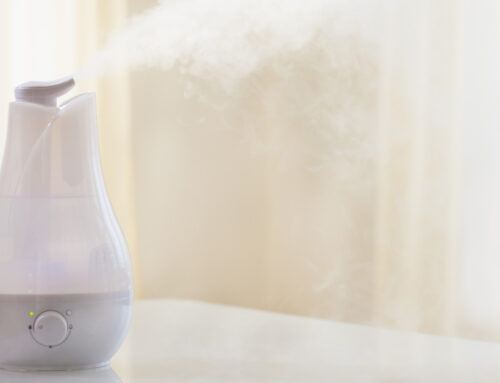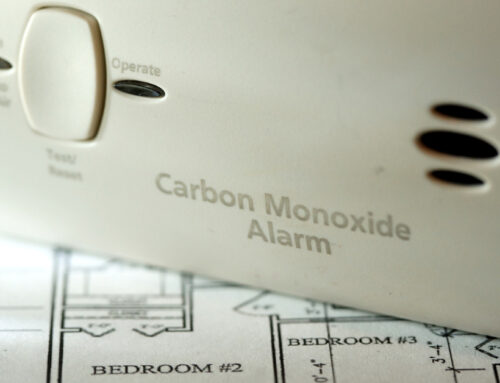February is National Care About Your Indoor Air Month. During these cold winter months, you probably find yourself spending more time indoors than outside. According to the Environmental Protection Agency, Americans spend up to 90% of their time indoors, where air pollutants can be 2 to 5 times higher than typical outdoor concentrations.
It’s easy to imagine pollutants outside your home, but the truth is that contaminants are also inside your home or in the everyday products you use.
Pollutants Inside the Home
Pollutants inside your home that might contribute to poor indoor air quality include:
- Natural substances such as mold, pet dander, or radon
- Pesticides, lead, or asbestos (depending on the age of your home)
- Other volatile organic compounds found in products or materials like cleaning supplies, paints, stains, personal care products, aerosol sprays, and room deodorizers
Ventilation is Key
The V in HVAC stands for ventilation. Bringing in fresh air is key to improving the quality of your indoor air. Opening windows and running your ceiling, bathroom, or kitchen fans will help bring fresh air into the home and push stale air out.
Ventilation is especially important when working with high-pollutant items such as paint and paint strippers or cleaning with strong chemicals like bleach. Consider opening the windows in your home for 10 to 30 minutes daily to routinely bring in fresh air (yes, even when it’s cold outside). For a more sophisticated solution, you might consider either a heat-recovery ventilator or an energy-recovery ventilator.
Regularly Change Your Air Filters
We preach this one repeatedly for a good reason. Your air filters catch dust, dirt, and dander circulating in your home to help improve your air quality. While most filters are able to capture more of these pollutants as they get dirtier, a dirty filter causes your system to work harder and lose efficiency. Routinely changing your filter every three months (or more often if you notice that it looks dirty) will help to provide a cleaner environment. Try purchasing filters in bulk to make this task a breeze. Read more about air filters at our blog.
House Plants Aren’t Just Decorative
House plants can play a small role in improving your indoor air quality. Potted plants like snake plants, spider plants, aloe vera, and peace lilies can remove a small amount of toxins and release oxygen into the air. If you’re a plant person or have a few around the house for decoration, your plants might help you breathe easier!
Consider An Air Purifier
Air purifiers are designed to filter the air in a single room of your home. They can help remove particles from the air and some, specifically those that use activated carbon, can help by capturing pollutants that typical air filters cannot. Running an air purifier at high speeds for extended periods will increase how much air is filtered. To learn more about what air filter might be right for you, view the EPA’s Guide to Air Cleaners in the Home or check out our blog covering this topic.
Taking small steps to bring fresh air into your home can significantly improve your indoor air quality. This National Care About Your Indoor Air Month, we want to help you breathe easier in your primary indoor spaces.






